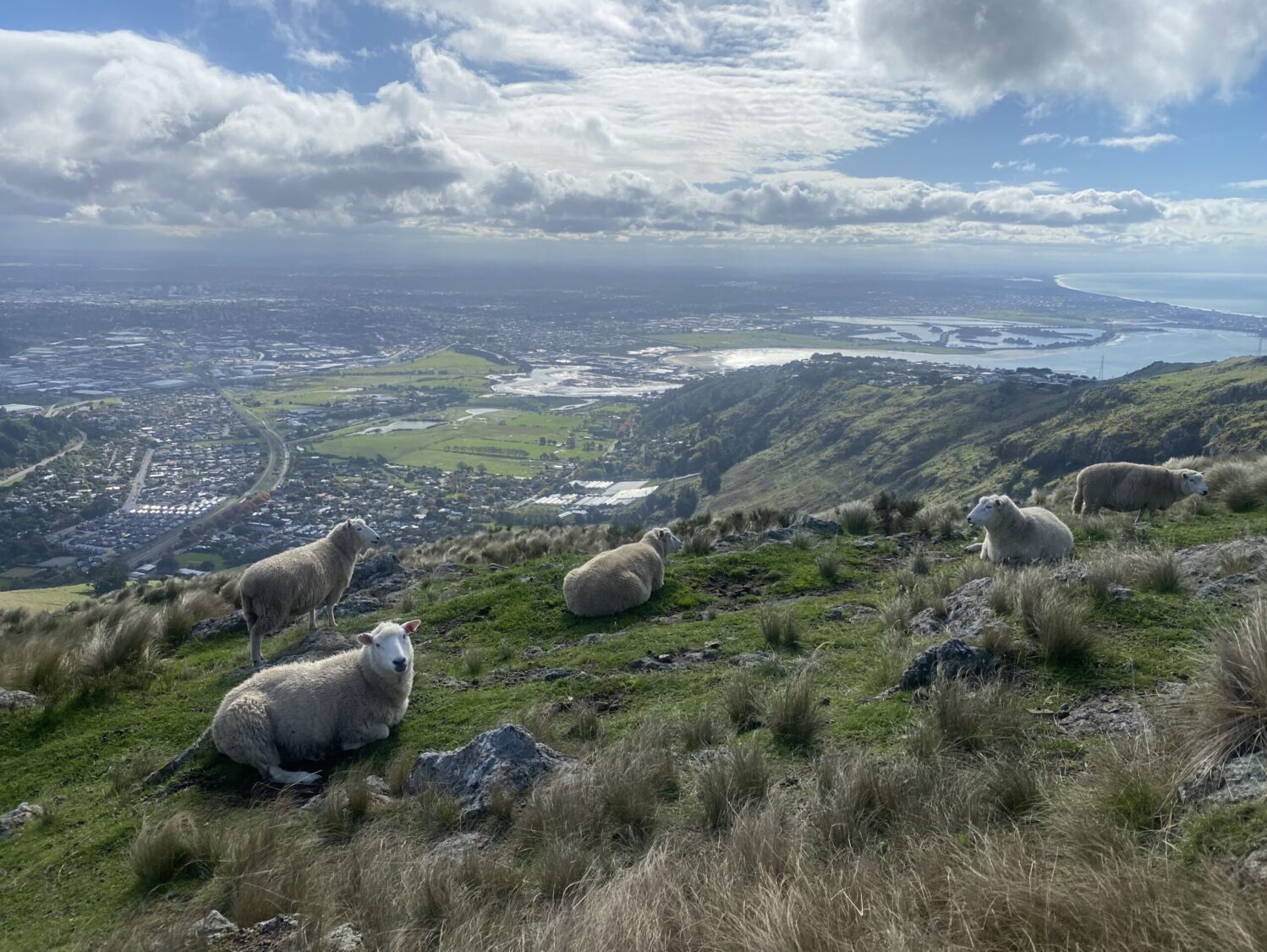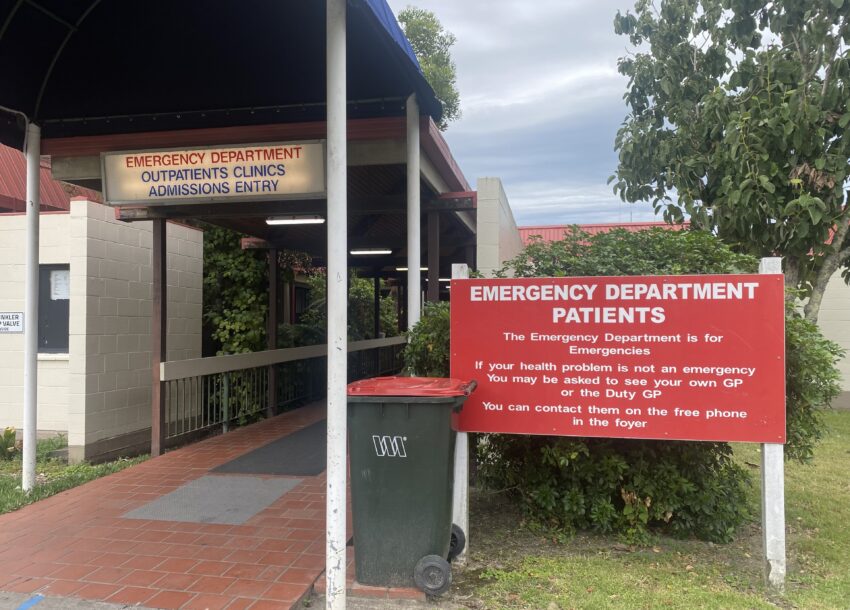Kia ora,
I am sitting in the Gisborne airport waiting area. Actually it is a bit difficult to write. I am curious about the people here. I want to look at them. They look interesting, leaving, saying goodbyes, chatting with each other, some with distinct maori mokos and pounamus, tattoos and necklaces. So many stories! This area is strongly maori which is very intriguing. The maori have been here for some 1000 years when their ancestors from the Northern Pacific islands made their way through the ocean on their wakas in search of new living grounds. Today, unfortunately, the maori in general are at disadvantage on many levels, economically, employment-wise, housing and in health. However, they have strong family, whanau ties, something to truly appreciate. Today New Zealand as a society is more aware of the maori oppression that was largely ontoiksi until only some decades ago. Maori culture and language are more visible in official and unofficial contects today than in past years. There still is tension but on many levels there is also a desire to understand and respect the Maori.
As a doctor one has to understand the increased risks for certain illnesses and acute presentations in different populations. Treat the mildest throat pain, tonsillitis, early to avoid rheumatoid fever and its complications for example. The Maori and other Pasifica are in increased risk for infections, some cancers, cardiovascular diseases and, indeed, violence related issues. Many illnesses appear in much younger age groups compared to i.e. Europeans.
Maori health concept builds on far larger understanding of human being than we often appreciate in the western medicine. In Te Ao Maori, a holistic view of health and wellbeing, known as hauora is in its core. It includes taha tinana (physical well-being), taha hinengaro (mental and emotional well-being), taha whanau (social well-being), and taha wairua (spiritual well-being). As NZ doctors we are strongly recommended to take these into account, at least be aware of them respectfully. I personally am still in search of how exactly approach these in practise. I have started with whanau, trying to consciously include family and social realities in the discussion no matter how brief. In my opinion these principles should be appreciated for everyone regardless of ethnicity, gender or culture. Afterall in the practice of medicine we are here to support people’s lives and quality of life.
The area of Tairawhiti in NZ is large but population is roughly only 50 000. The furthest patients come from 300 km north from Gisborne. The helicopter flight to the nearest big hospital, Waikato, is one hour. Still the hospital provides care in almost all areas of medicine. There is an ICU (intensive care unit), obstetrics, surgery. Patients also get treated under several different internal medicine specialities. Overnight there is only one doctor in the ED with a couple of nurses. The emergency medicine department is mostly ran by American emergency medicine physicians. I feel I got a sneak peek at the American way of working in the ED, or ER (emergency room) like they call it. I am impressed by their friendliness and skills. They seem happy to be in NZ. A feeling that creates a nice relaxed athmosphere while still being efficient at work. Sure, the workload is not as massive as in Christchurch but still full-on emergency medicine. My mind went back to the experiences up in Lapland in Finland some 300km above the Arctic circle. Remote, innovative and inspiring. Rural medicine truly is a speciality of its own! Hats off to those who do it constantly.
As for the nature, wow! Stepping into the forest up in Tairawhiti was like a immersion into a dreamland, land of green wonders (yet again). Nikau trees (like those many have as house plants) as high as ten meters. Constant noise from the kihikihi insects, humid air. This area got badly hit by cyclone Gabrielle a year ago. Some services are still closed and houses are being repaired. In general though, you can still tramp (or hike) the tracks and the information about them is updated is on the Department of Conservation, DOC, website. The only person I met on the tracks during my hikes was Harvey, DOC inspector. His job is what it tells, to inspect the tracks, walk them and report any issues, DOC district offices will then perform the repairs if needed. Talk about a profession! And he does it with a prosthesis on one leg.
I will now head slowly toward Finland. Head full of ideas, some clear, some yet unformed. The feeling of longing back has hit me, and us, hard.
Be well, enjoy the nature and be curios professionally and personally,
Reetta

